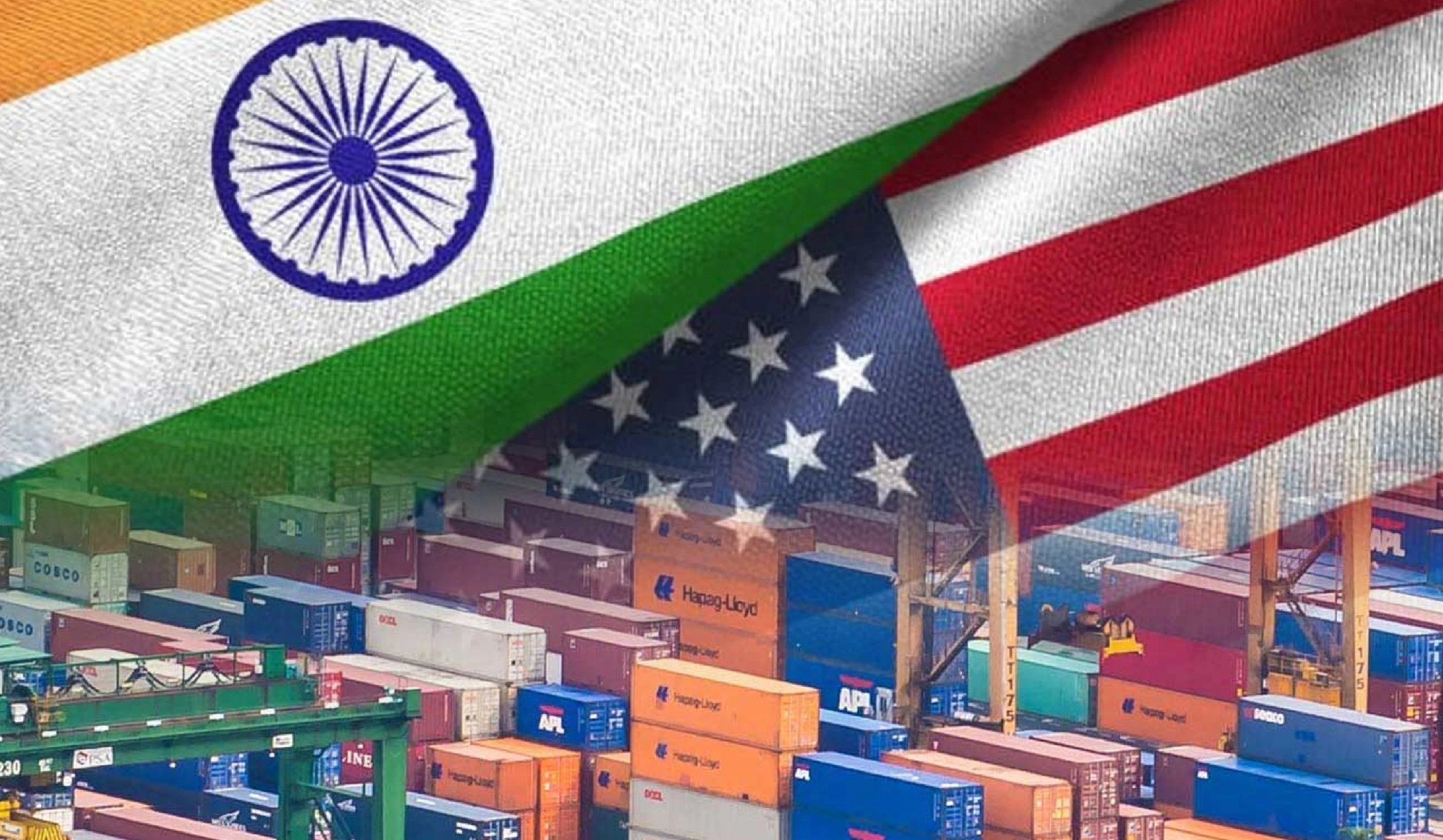Since January 2025, USA has taken tariff actions against some of its trading partners including India, announcing a 26% reciprocal tariff on India (in April 2025) which was put on hold.
Reasons for Current Tariffs
- Trade Deficit: U.S. goods trade deficit with India was $45.7 billion (2024), 5.4% higher than in 2023.
- India’s alleged Non-monetary trade barriers: India's agricultural subsidies and sanitary and phytosanitary (SPS) measures for food safety are considered hurdles for US exports.
- India’s BRICS membership: The bloc is viewed by the USA as anti-dollar.
- India-Russia Relations: An unspecified penalty to be imposed due to India’s Defence and Energy imports from Russia.
- USA in its proposed Russian Sanctions Act, 2025 aims to impose 500% duties on countries that buy oil or other petroleum products from Russia.
Potential Implications of the Tariff Imposition
- Bilateral Trade Agreement (BTA): Potentially pressurize India to fast track negotiations for an interim deal.
- Both countries seek to more than double bilateral trade to $500 billion by 2030 (currently at $131.8 billion in 2024) and negotiate a multi-sector BTA.
- Competitive Disadvantage: In comparison to its competitors. E.g. tariffs on India are higher than Vietnam (20%), Indonesia (19%).
- Impact Exports: E.g. India is the largest exporter of non-patented drugs to the USA.
- Supply Chain Disruption: Inflate costs, delay shipments, etc.
Conclusion
India remains committed to fair, balanced and mutually beneficial BTA prioritizing welfare of farmers, entrepreneurs, MSMEs and its national interests.




